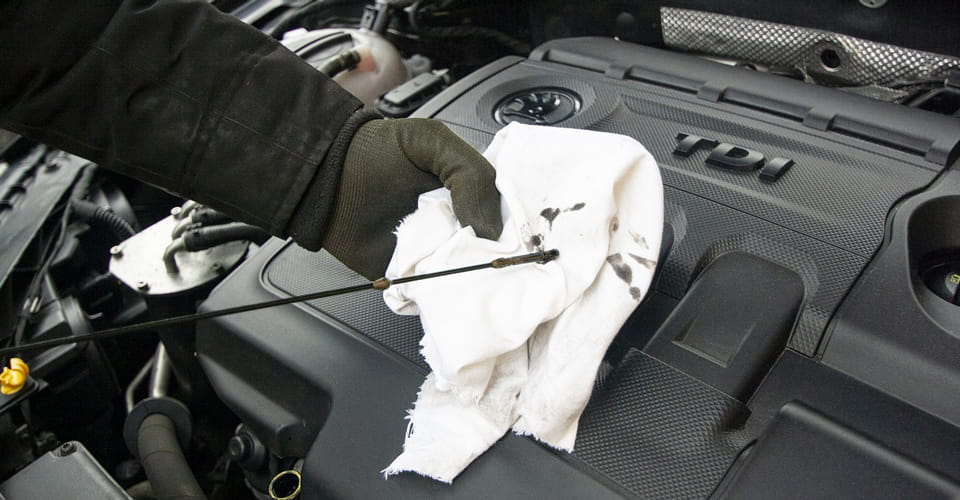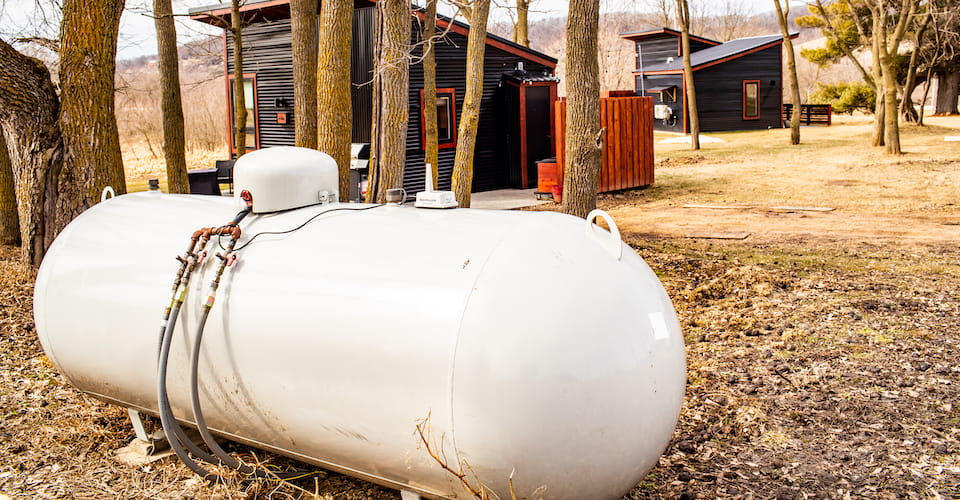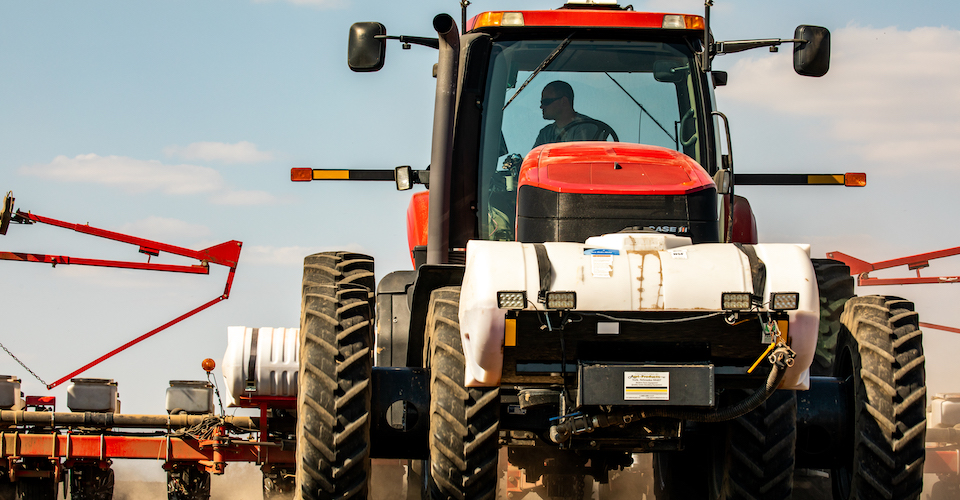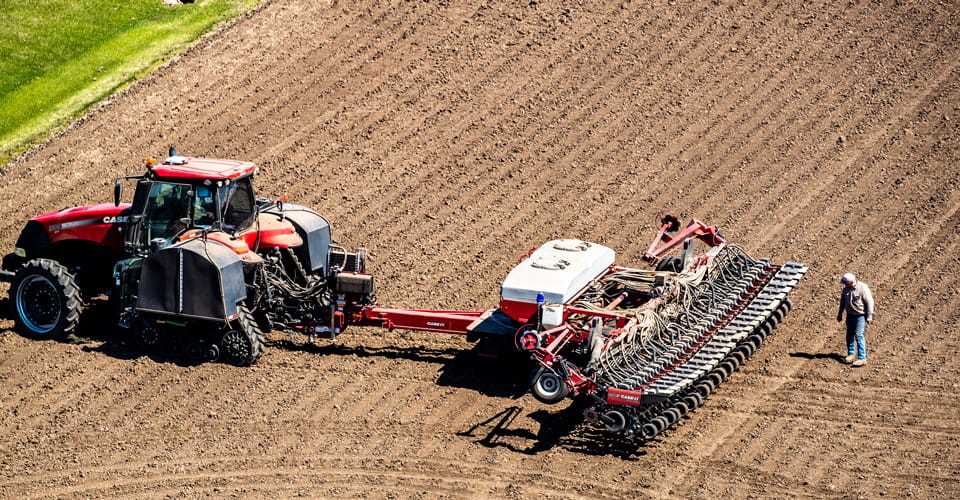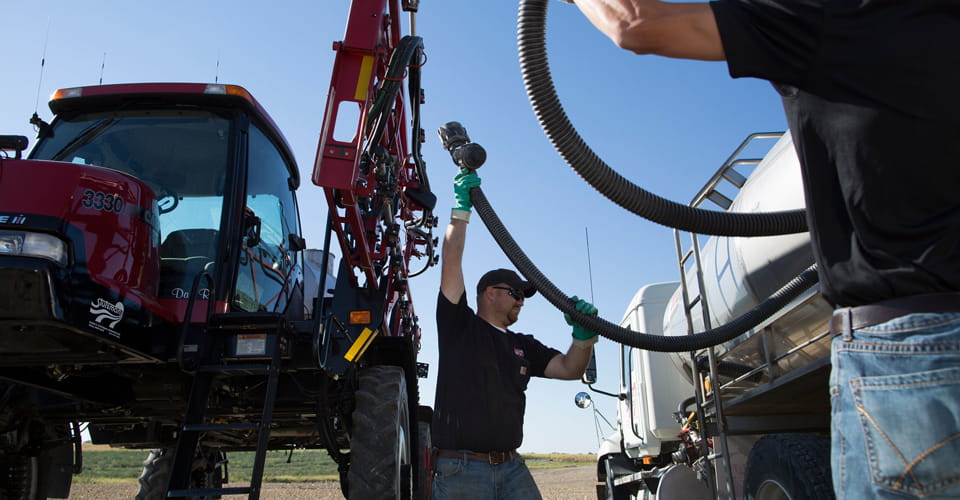
When pulling up to the pump, most of us know automatically whether to select gas or diesel. After all, it's a decision that's made for you by your vehicle. But have you ever wondered what makes the difference between the way gas-powered and diesel-powered engines work?
Understanding what goes on under the hood is a key part of caring for your car. To help you gain confidence as a vehicle owner, here are the most important similarities and differences between gasoline- and diesel-powered engines.
How gas and diesel engines work
At their core, gasoline- and diesel-powered engines work under the same principles. Both convert chemical energy from fuel into mechanical energy to produce movement. In each engine type, this conversion occurs through a process called internal combustion, where a mixture of fuel and air is compressed inside the engine cylinders to create small explosions called combustions that produce power.
Whether you’re driving a gasoline-powered or diesel-powered vehicle, the general process for creating power is the same. In both engine types, the action can be broken down into four steps: intake, compression, ignition and exhaust. The difference between gas and diesel engines, though, lies in how each motor executes these steps.
- Intake: This is the first step in the combustion process. During this phase, contents are let into the engine cylinders. In a gas engine, these contents include a mixture of air and fuel. A diesel engine, though, only lets air into the cylinders during this phase and mixes the fuel in later.
- Compression: Before ignition can occur, the contents of the cylinders must first be heated up by squeezing them down to a small space. Because a gasoline engine contains both air and fuel in its cylinders from the start, compression must be lower, otherwise the temperature inside the cylinders could rise too much and cause the fuel to self-ignite, resulting in major engine damage. But because a diesel engine contains only air in its cylinders at this point, it can create much higher compression and, in fact, depends on the cylinders reaching self-ignition temperature during this step.
- Ignition: The means by which each engine ignites is one of the biggest differences between gas and diesel vehicles. In a gas-powered engine, a spark plug creates a burst of electricity that ignites the air-fuel mixture inside the cylinder. A diesel engine, however, doesn’t have a spark plug. Because the cylinders in a diesel engine compress air beyond self-ignition temperature, the fuel ignites from a combination of both heat and pressure as it is injected.
- Exhaust: This final step is the same for both gas and diesel engines. After the fuel combusts to produce power, the resulting fumes are let out through a valve, and the whole process starts over again, repeating several times every second.


